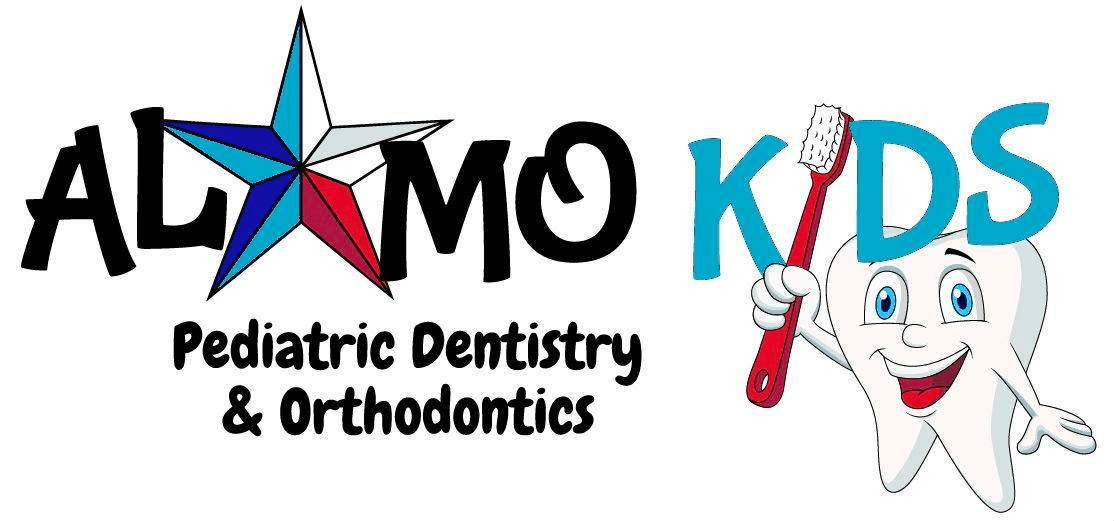Your child’s third set of molars are no different than any other tooth, save for the fact that they are the last to erupt, or grow, into the mouth. Because they typically do so at around the age of 18 to 20, when adolescents are close to turning into adults, these teeth are commonly referred to as “wisdom teeth.”
People normally have three permanent molars that develop in each quadrant of the mouth – upper, lower, right, and left. The first molars usually grow into the mouth at around six years of age. The second molars grow in at around age 12.
In many cases, wisdom teeth do not grow in properly, have a proper bite relationship, or have unhealthy gum tissue around them. Often, wisdom teeth improperly erupt or become impacted, requiring them to be extracted.
Our office must examine your child’s mouth and X-rays to determine if the teeth are impacted or will not grow in properly. Impacted teeth may cause problems that can lead to infection, adjacent tooth resorption, gum disease, cysts, or tumors.
To avoid potential problems later in life, many dentists safely remove impacted wisdom teeth. Although they are like any other teeth, most people continue to have normal bites and well functioning sets of teeth in their absence.
Symptoms of impacted teeth
- Pain
- Infection in the mouth
- Facial swelling
- Swelling of the gum line in the back of the mouth
Wisdom teeth are typically removed after the roots are formed, or at least three-fourths developed. This is usually in the adolescent years.
